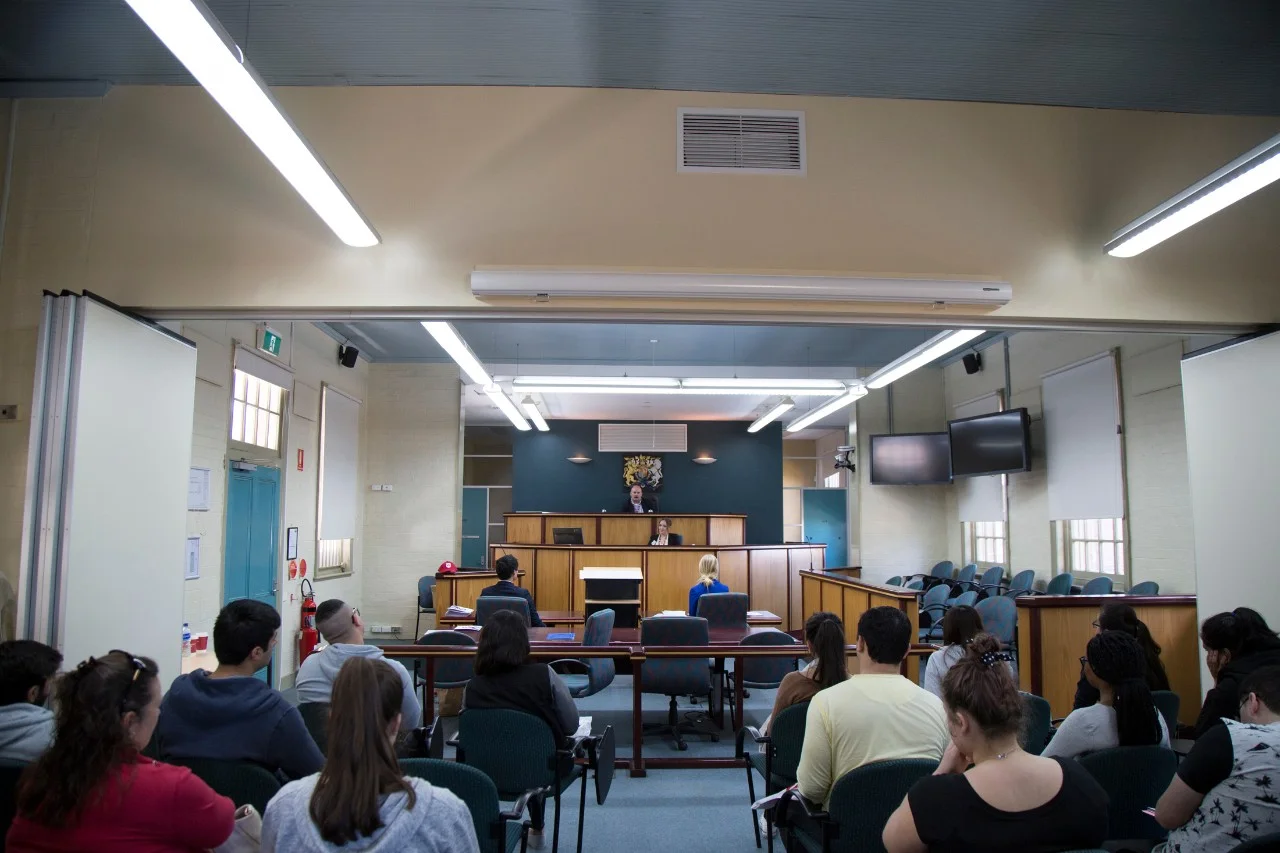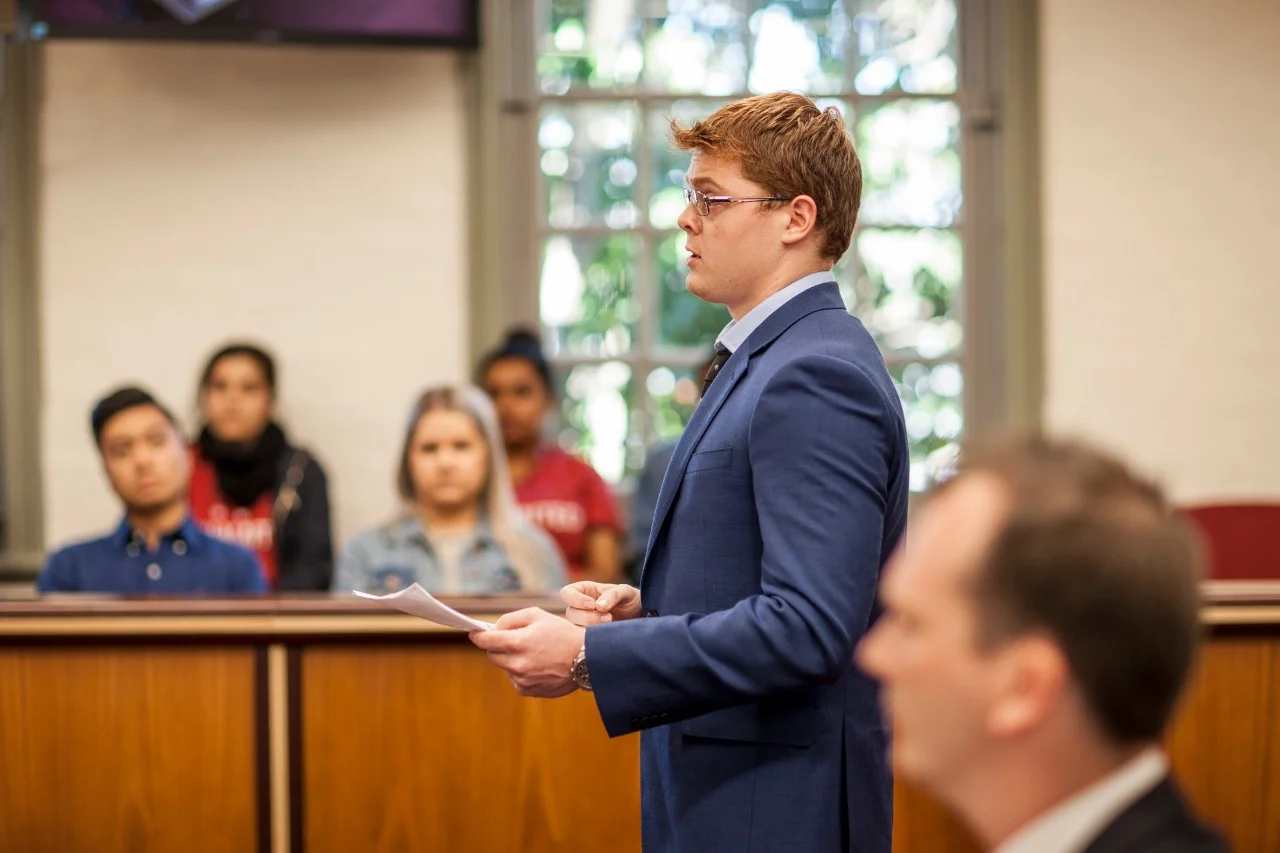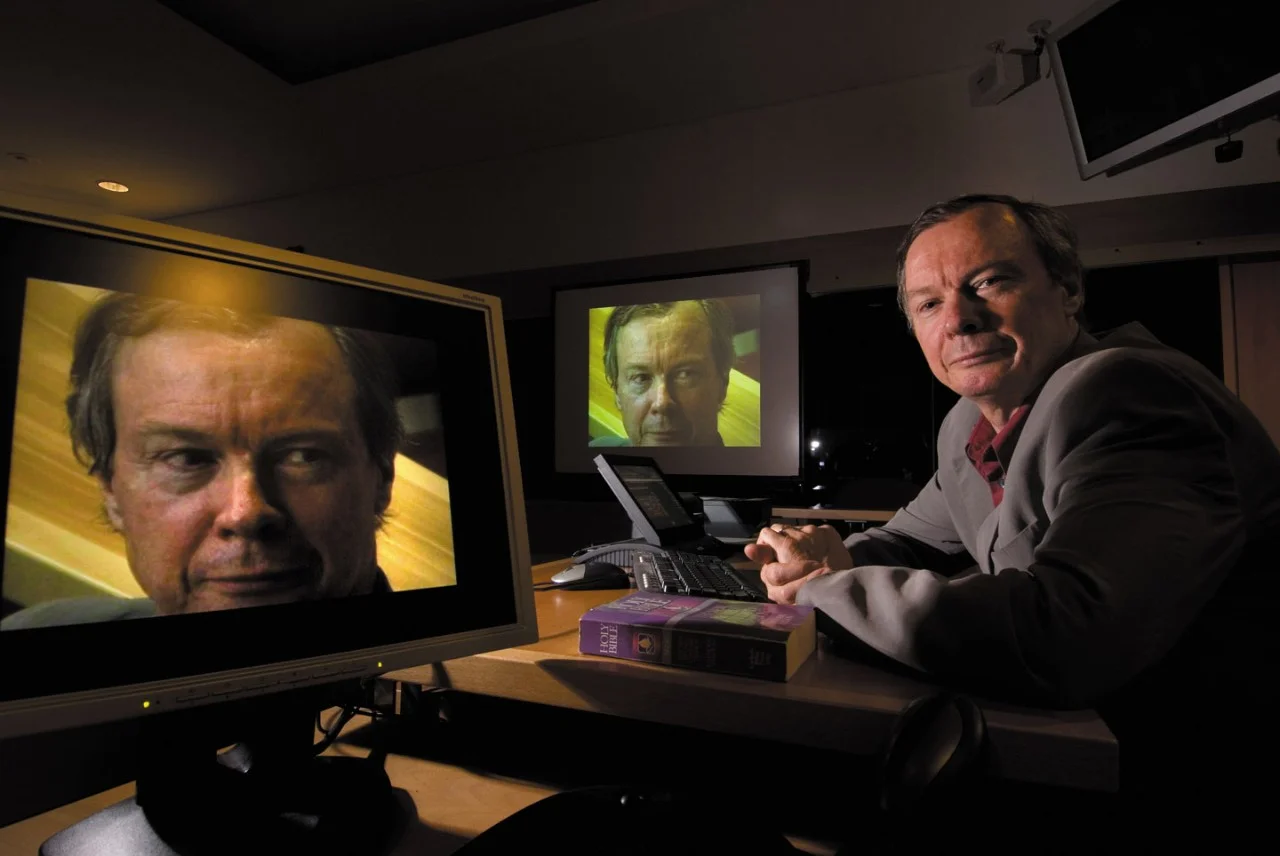A Fuller Picture for Counting Costs and Benefits
You can search for courses, events, people, and anything else.
Some court and tribunal hearings will one day take place without a physical courtroom at all, according to Western Sydney University’s Professor David Tait. As coordinator of the Court of the Future Network in Australia and New Zealand, an associate researcher at France’s Judicial Research Institute and member of the School of Humanities and Communication Arts at WSU, Tait (pictured above) and his colleagues have been developing a virtual courtroom to make justice more accessible and ensure safety of witnesses and juries.
For the traditional courtroom drama, participants convene in an archetypal wood-panelled room. However a physical gathering is not necessary for every hearing in today’s justice system, the researchers say. Demanding all stakeholders attend in person not only inconveniences those who need to travel long distances to be present, it can endanger witnesses and juries attending high-risk or high-profile cases.
This is reflected by the trend of court closures around the world; Ireland has reduced its number of court buildings by more than half and in Australia, New South Wales and Victoria are on track to do the same.
Tait and his colleagues visited courts around the world, explored international best practice and consulted with architects and digital engineers to build a prototype of a distributed courtroom – a physical courtroom with the participants arrayed around the courtroom either on screens or in person. This led to the subsequent development of a virtual courtroom, in which the meeting takes place without the need for a physical courtroom at all, using the same virtual reality technology used in computer games.
Need to know
- Court and tribunal hearings can take place entirely in virtual reality
- A prototype has been developed by WSU researchers
“Judges can sit in their own chambers, lawyers and prosecutors stay in their own offices and clients of legal aid agencies take part from their offices,” says Tait. The programme uses an architect-designed virtual environment, into which images captured by high-definition cameras are embedded with sound co-located with the image. Each participant has a life-size view of the other participants, positioned as if they were in a physical courtroom.
Participants – judges, lawyers litigants, defendants, witnesses, even jurors – from anywhere in the world could use this technology to take part. The facility provides protection for witnesses and jurors from onsite intimidation and harassment by a defendant or their associates. And it could offer enormous administrative cost savings by reducing the number of traditional courtrooms and court buildings. But the immediate use is most likely to be for less complex matters heard by tribunals.
Tait says they’re hoping to have the technology ready for use in real hearings within the next few years, and already have had expressions of interest from the United Kingdom, France and Germany.
Meet the Academic | Professor David Tait
David Tait is Professor of Justice Research in the Digital Humanities Research Group at the University of Western Sydney, and Professeur associé at Telecom ParisTech. His interests include court architecture, justice rituals, and technologies used in court and tribunal hearings. He has led five Australian Research Council projects in these areas together with scholars in architecture, psychology, law, forensic science and media studies.
In the 2019 ARC Engagement and Impact Assessment exercise his research team was rated as performing at a ‘high’ level on the three indicators used. Current projects involved developing court processes in virtual reality and the use of cages or docks to contain defendants on trial. His most recent book is Juries Science and Popular Culture in the Age of Terror: the case of the Sydney Bomber, Palgrave Macmillan, 2016, co-edited with Jane Goodman-Delahunty.
Related Articles
Credit
This research was supported by
© Andrew Campbell, Bill Oxford
Future-Makers is published for Western Sydney University by Nature Research Custom Media, part of Springer Nature.






